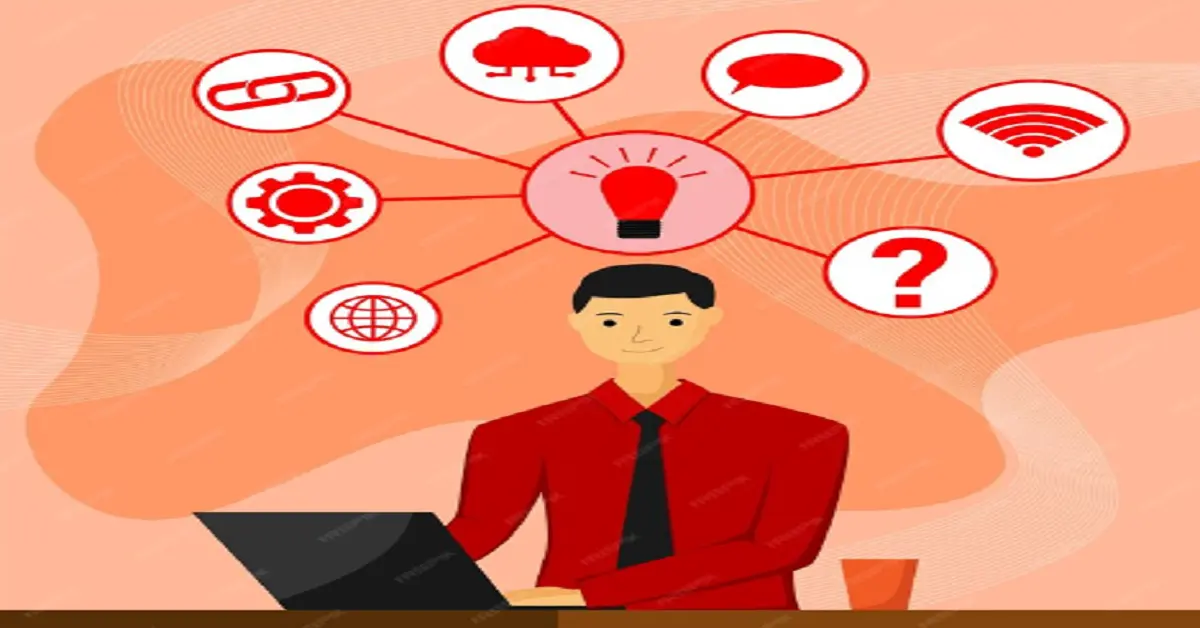Understanding Clipart: “wbnte_etecw = red square”

Introduction
clipart:wbnte_etecw= red square .Clipart is an essential tool in the world of digital design, providing simple yet effective visuals for a myriad of uses. But what exactly is meant by the cryptic term “wbnte_etecw = red square”? Let’s dive into the world of clipart to decode this and understand the significance of red squares in visual communication.
What is Clipart?
Clipart refers to pre-made images used in a variety of digital and printed media. Originating in the 1980s, clipart has evolved from simple black-and-white drawings to a vast array of colorful and detailed graphics. They are widely used in educational materials, business presentations, websites, and much more, making content visually appealing and easier to understand.
Decoding “wbnte_etecw”
The term “wbnte_etecw” might look like gibberish at first glance, but it could be a code or acronym used by a specific software or database to categorize clipart. While the exact meaning remains unclear, it’s likely a unique identifier for a particular clipart element—in this case, a red square. Understanding such identifiers can help in organizing and retrieving clipart efficiently in digital libraries. clipart:wbnte_etecw= red square
The Significance of Red Squares in Clipart
Red squares, though simple in shape and color, carry significant symbolic weight. The color red is often associated with energy, passion, and attention, while squares represent stability and reliability. In clipart, a red square might be used to highlight important information, create visual interest, or signify warnings and alerts.
Creating and Using Clipart
Creating clipart requires basic graphic design skills and tools such as Adobe Illustrator, CorelDRAW, or free alternatives like Inkscape. These tools allow designers to create vector images, which can be scaled without losing quality. Integrating clipart into your projects involves selecting appropriate images that enhance your message without overwhelming the viewer.
Popular Clipart Formats
Clipart comes in two main types: vector and raster images. Vector images, made of paths and points, are scalable and editable, making them ideal for clipart. Common vector formats include SVG, EPS, and AI. Raster images, composed of pixels, include formats like PNG, JPG, and GIF. Each format has its use cases depending on the project requirements.
Benefits of Using Clipart
Using clipart can significantly enhance the visual appeal of your projects. It saves time and effort by providing ready-made visuals that can be easily integrated into documents, presentations, and websites. Clipart can also make complex information more digestible, engaging the audience more effectively. clipart:wbnte_etecw= red square
Free vs. Paid Clipart
There are numerous sources for both free and paid clipart. Free clipart can be found on websites like OpenClipart, Pixabay, and Unsplash, offering a wide range of images at no cost. Paid clipart, available on sites like Shutterstock and Adobe Stock, often provides higher quality and unique designs, giving you access to professional-grade visuals.
Legal Considerations
When using clipart, it’s crucial to be aware of copyright issues. Always check the licensing terms to ensure you can legally use the clipart in your projects. Many free clipart sites offer images under Creative Commons licenses, which specify how you can use the images. For commercial use, purchasing clipart or using royalty-free images is often the safest option.
Best Practices for Using Clipart
Choosing the right clipart involves matching the style and theme of your project. Ensure consistency by sticking to a particular style, whether it’s cartoonish, realistic, or minimalist. Avoid overloading your project with too many images, which can distract from the main content. Instead, use clipart to complement and enhance your message.
How to Customize Clipart
Customizing clipart allows you to tailor images to fit your specific needs. Basic editing techniques include resizing, changing colors, and adding text. Tools like Adobe Illustrator and Inkscape offer advanced features for more detailed customization, enabling you to create unique visuals that align perfectly with your project’s aesthetics. clipart:wbnte_etecw= red square
Clipart in Education
Clipart is a valuable resource in education, helping teachers create engaging and visually appealing materials. It can be used in worksheets, presentations, and educational games to make learning more interactive. Students can also use clipart in their projects, developing their creativity and visual communication skills.
Clipart in Business
In the business world, clipart enhances presentations, marketing materials, and internal communications. It can make reports and slideshows more engaging, helping to convey information more effectively. In marketing, clipart can be used in social media posts, advertisements, and branding to create a professional and consistent visual identity.
The Future of Clipart
The future of clipart looks promising, with trends pointing towards more customizable and interactive elements. The rise of artificial intelligence in design tools is making it easier to create high-quality clipart quickly. AI-generated clipart can adapt to specific themes and styles, providing personalized visuals for any project.
Conclusion
clipart:wbnte_etecw= red square .In summary, clipart is a versatile and valuable tool in digital design. Understanding terms like “wbnte_etecw = red square” and the significance of simple shapes and colors can enhance your ability to use clipart effectively. By following best practices and staying informed about trends, you can make the most of clipart in your projects.
Read More: beliefworthy